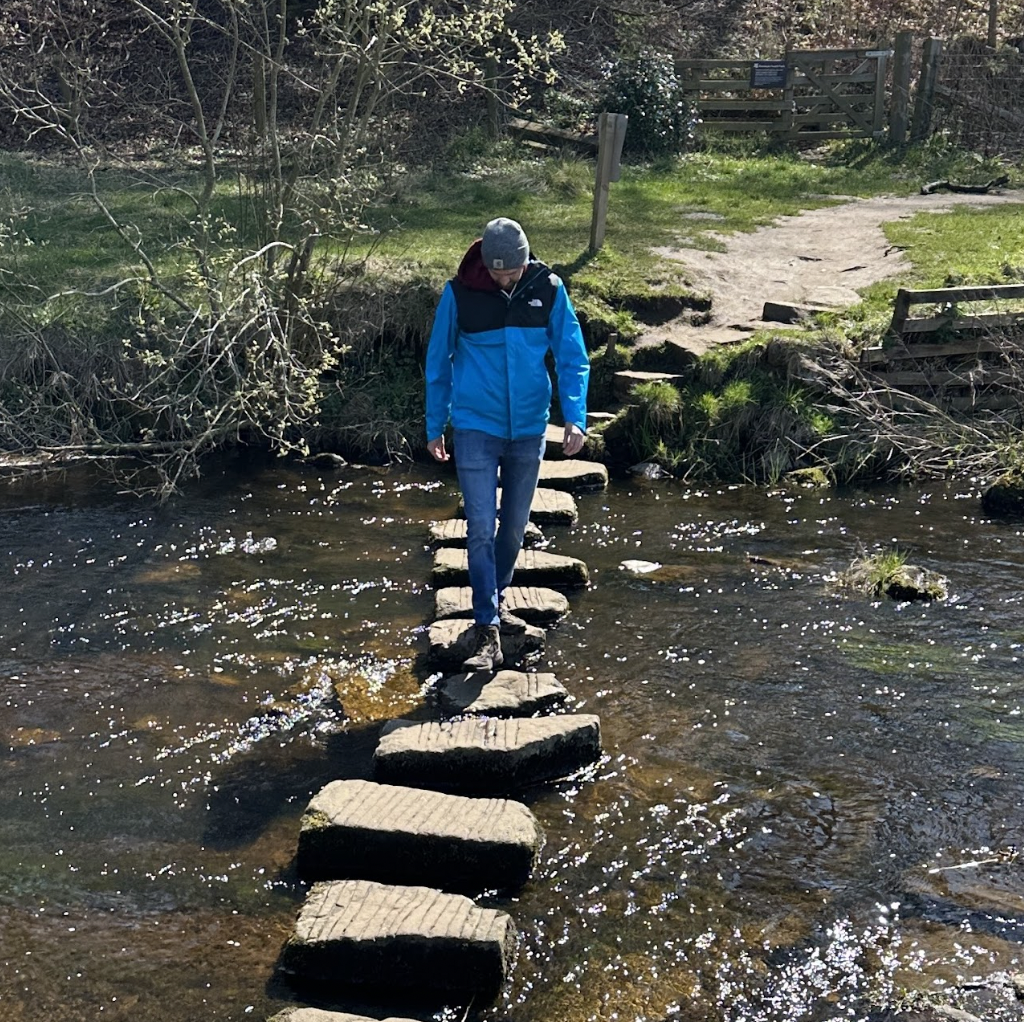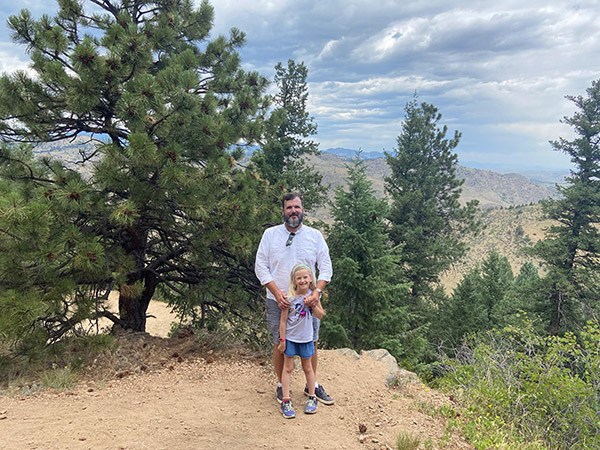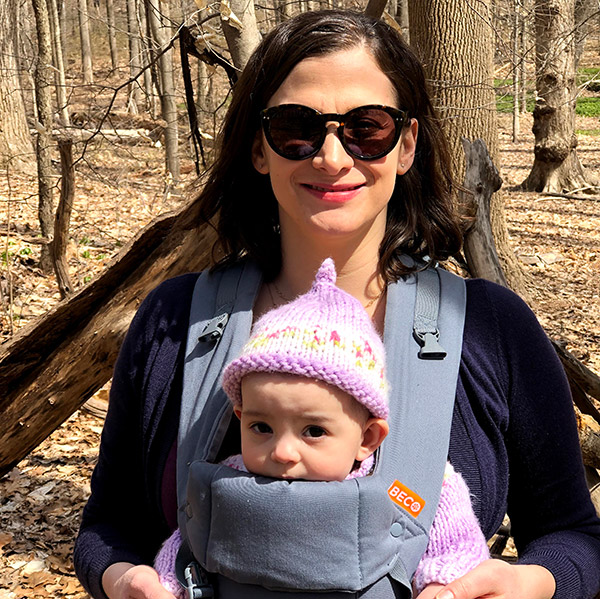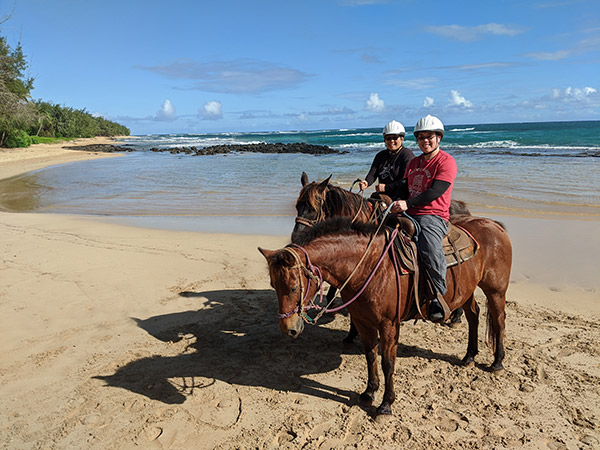Engagement Is the Key to E-learning
When you’re fully immersed in a topic or activity, you’re transported to another state. You’re also more likely to file facts in your internal database, remember key messages and recall more readily. It’s no surprise that the most interesting, engaging content gets absorbed first, most and best.
We get invested in core content when there’s a personal and active connection to what we’re reading or doing (or being asked to do!). It’s more than just memorizing data—successful learning occurs when we truly dive in, making sense of information as we move beyond merely passing a test or fulfilling an assignment. When designing robust eLearning programs for online learners of any persuasion, it’s critical to consider elements that engage, letting participants make content their own.
Real people = real learning
As you craft eLearning courses, modules and tasks, get into the minds of your audience. Who are they? What are they interested in? What are their motivations for taking an online course? What do they need / want to know? How will they benefit from the information presented? How do they like to learn? Once you have a handle on the people you’re serving (and why), you’ll be more apt to tailor topics, voice, approach and learning environments to engage participants in real learning that stretches them to achieve.
Get personal and practical
Core content in any learning environment must offer a practical and personal application or messages just won’t resonate—especially in online classrooms. Setting context is important, so that your learners activate their own internal scaffolding to help make sense of new information. To ensure that info sticks, present it in a logical progression, with one data set building upon the previous. Also, learners embrace personalized examples that directly connect to their roles and responsibilities. Craft content around narrative they can relate to and use right away.
Data dump isn’t enough
In eLearning, your learners need to understand information—new processes, historical facts, policy changes—but merely reading on a screen isn’t enough. We engage with content when a variety of tools convey the material. Think about using images, audio and video, not just words. Consider practical problem-solving tasks that learners can apply on the job immediately. Leverage student interests, experiences and learning-style preferences to make the greatest impact. When you provide practical, interesting activities, you’re closer to helping your learners embrace those new practices.
What engages YOU?
Consider your own learning habits. What conditions let you embrace and get excited about new content? We typically gravitate toward what’s personal and practical. We connect with common experience. We rise to the occasion when what we’re being asked to do positively affects our daily habits. As you create question sets and problem-solving scenarios for your eLearning participants, ask yourself how you’d react if you were on the other side of the keyboard. If your tasks are engaging—personalized, active, with practical application—then the learning experience will be positive and meaningful.






























































